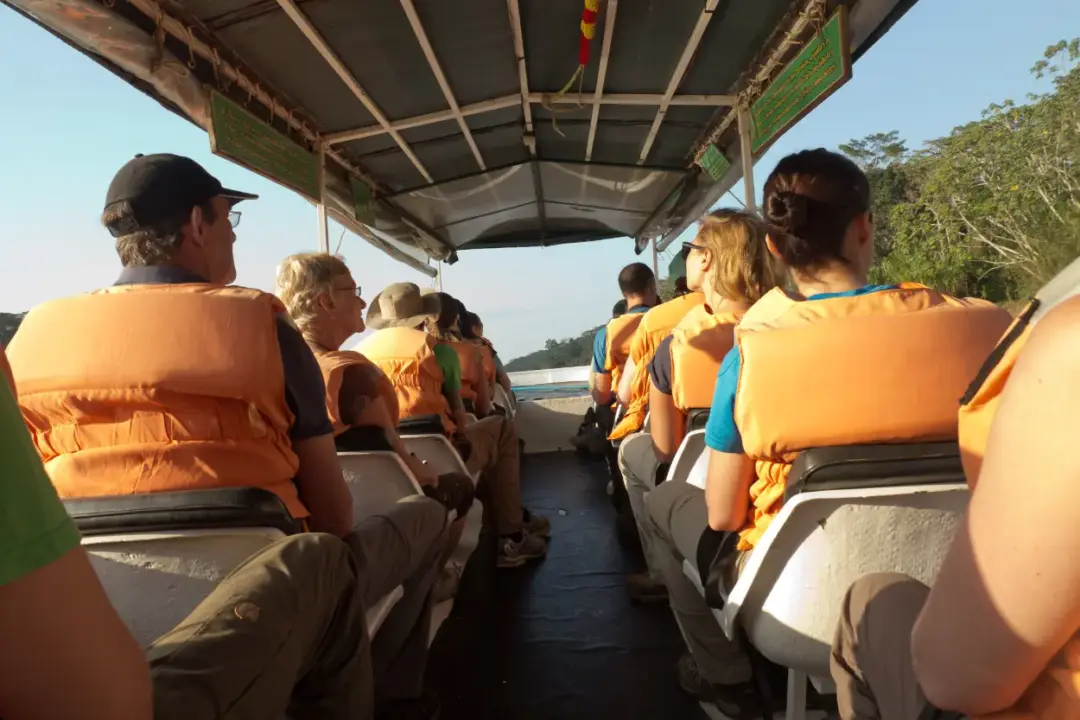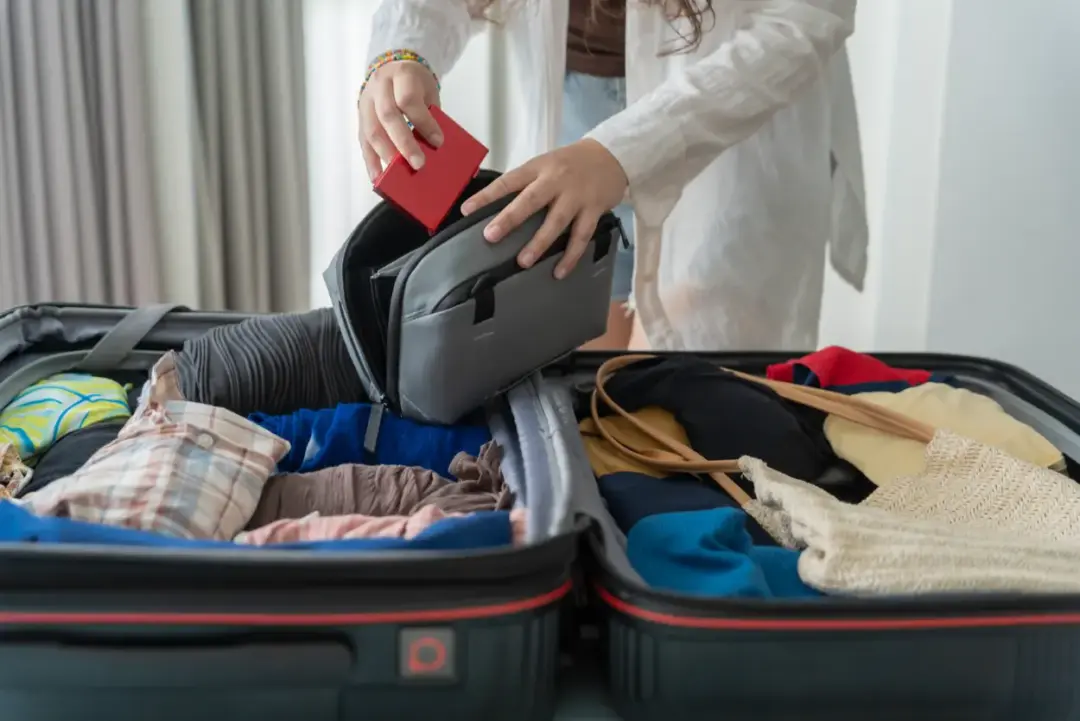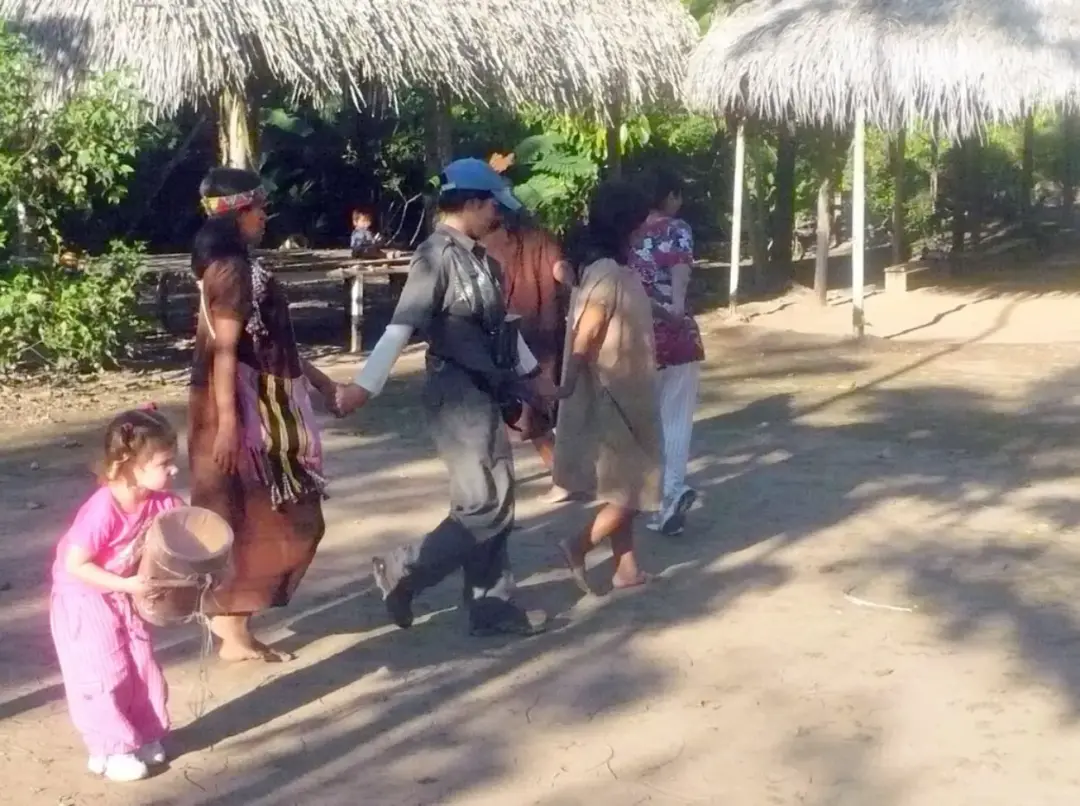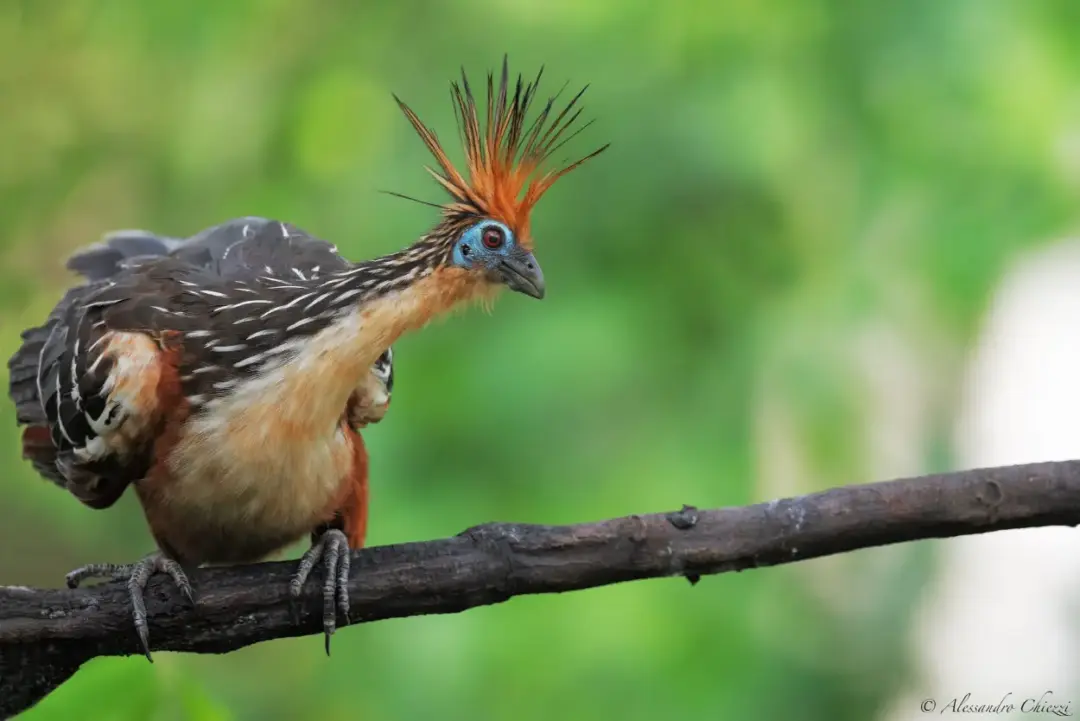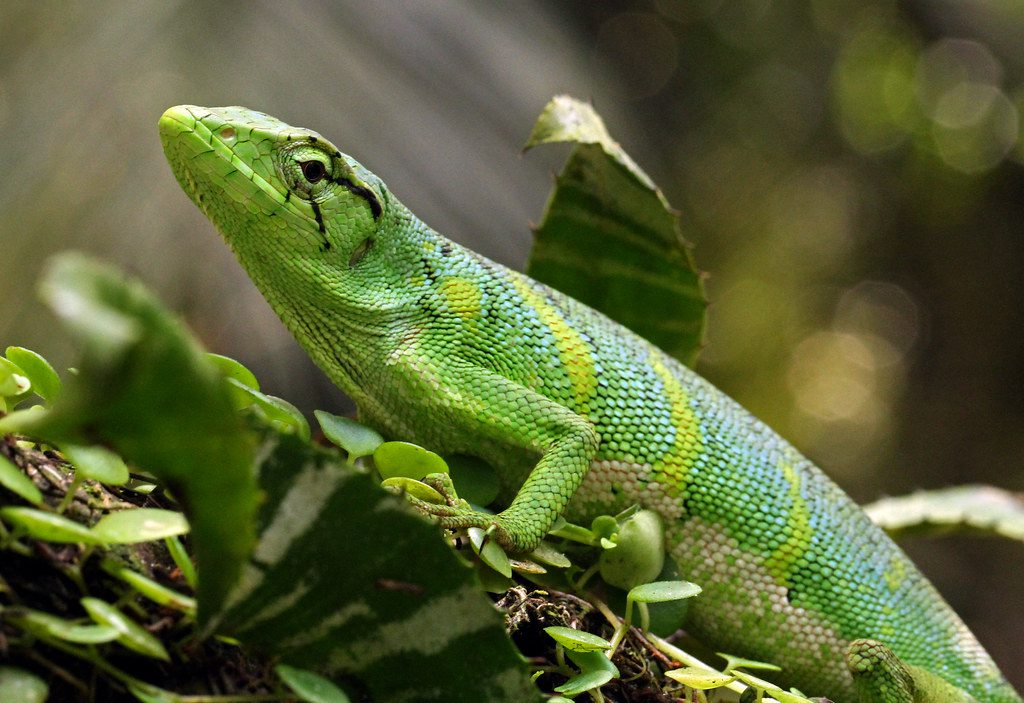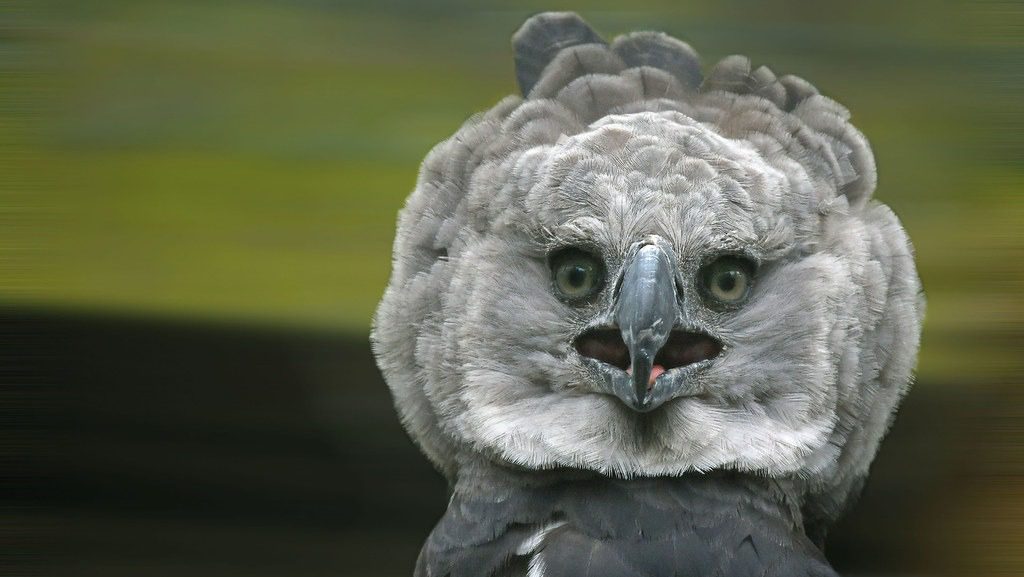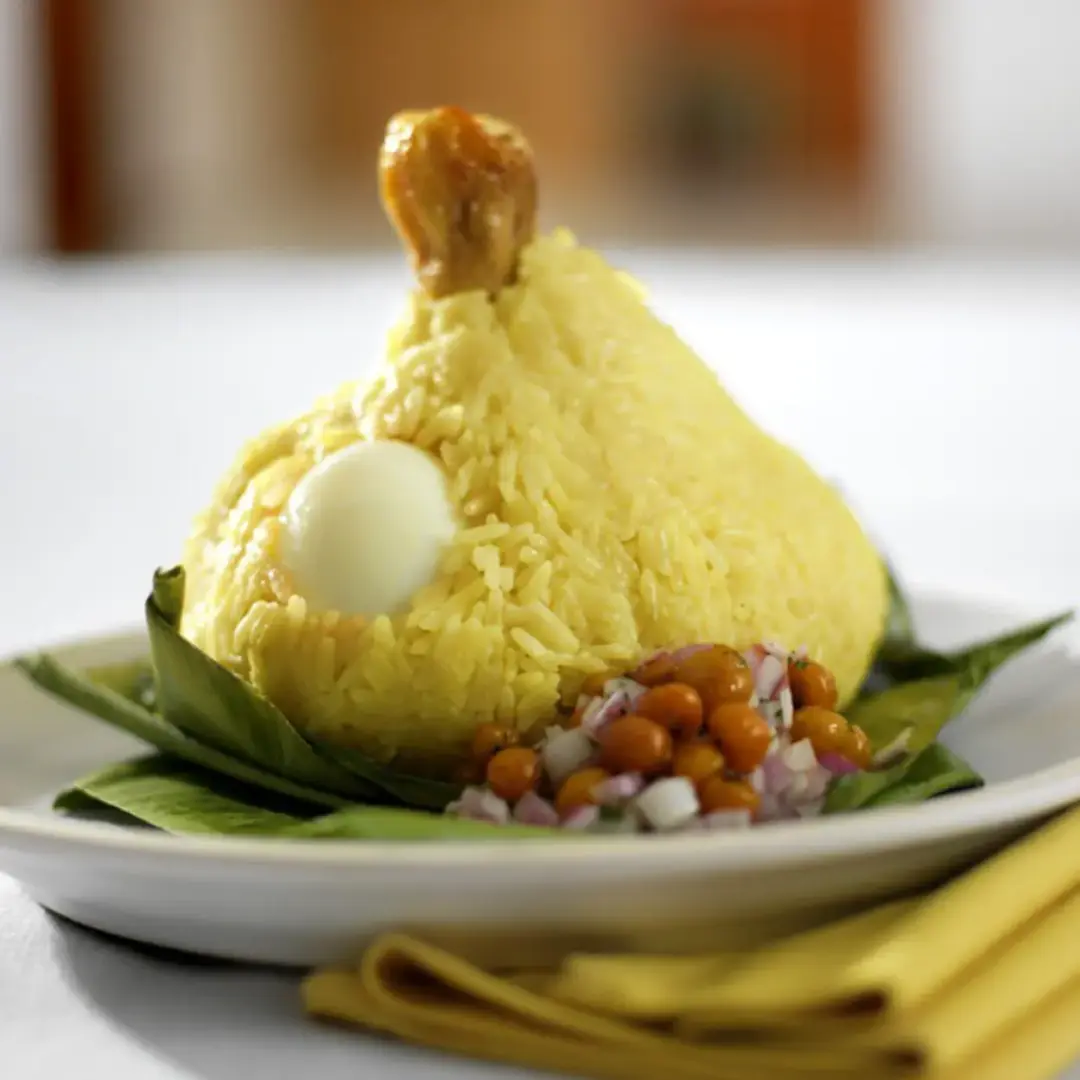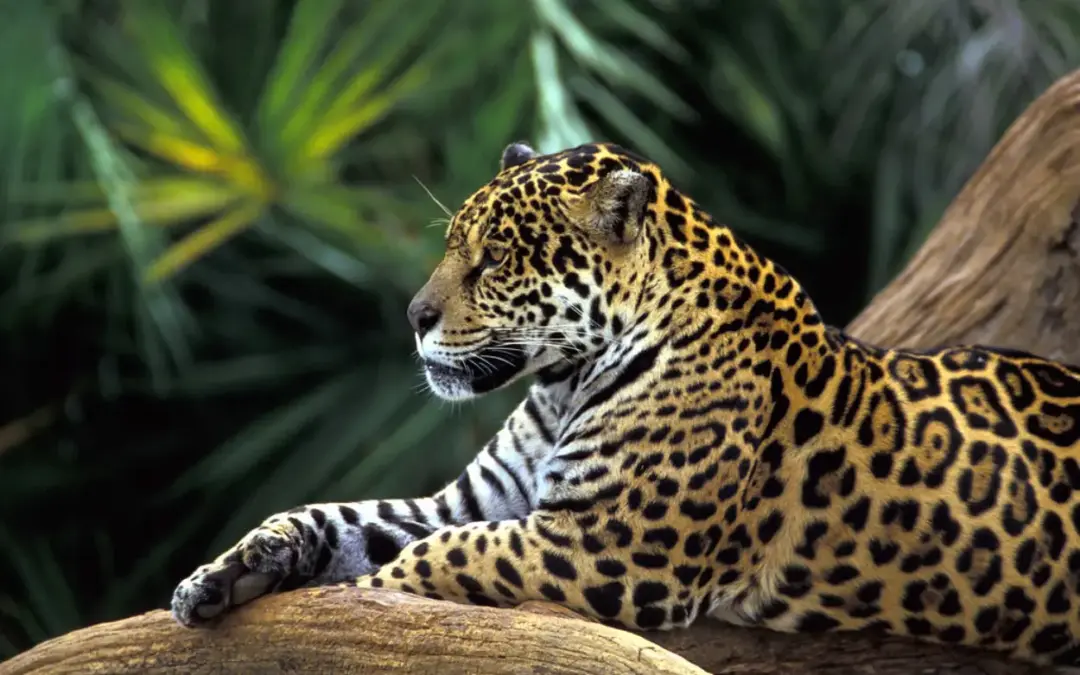🌿Discovering the Indigenous Communities of Tambopata from Puerto Maldonado 🛶
Deep in the emerald heart of the Peruvian Amazon, the Indigenous communities of Tambopata offer an unforgettable cultural journey from Puerto Maldonado. These communities are some of the most authentic and vibrant Peru Indigenous Communities, maintaining traditions that have been passed down for centuries. As travelers step into this world, they are welcomed not only into a lush, biodiverse paradise—but also into a living tapestry of culture, spirit, and resilience.
Let’s embark together on a rich and eye-opening exploration into the lives, traditions, and voices of the native peoples of Tambopata.
🏙️ Puerto Maldonado: Gateway to a Living Heritage
Nestled at the crossroads of the Tambopata and Madre de Dios rivers, Puerto Maldonado is more than a bustling jungle city—it’s the cultural bridge between the modern world and ancestral Amazonian traditions. For many travelers, this is where their journey begins, a place where motorbikes zip past fruit vendors and riverboats wait to ferry visitors into the depths of the rainforest.
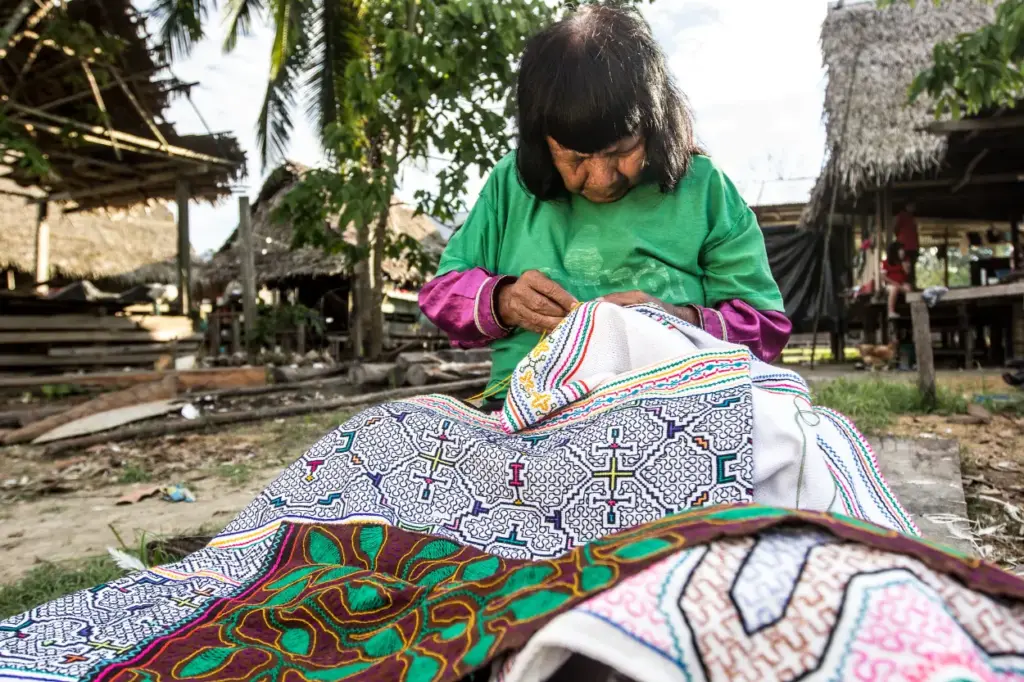
Puerto Maldonado has become a hub for eco-tourism and cultural tourism in Peru. But beyond its markets and modest urban life, it serves a critical role: it’s the primary access point for anyone seeking to understand the Indigenous cultures of Tambopata. From here, travelers can connect with guides, lodges, and communities offering deep cultural experiences. It’s also where local indigenous cooperatives and cultural centers advocate for their rights and promote community-based tourism.
🛶 Who Lives in Tambopata? Meet the Indigenous Peoples
Several distinct Peru Indigenous Communities inhabit the Tambopata region, each with their own language, customs, and relationship with the land. Among them are the Ese Eja, the Matsigenka, and the Amahuaca, among others. Each group has developed sustainable ways to live in harmony with the rainforest’s vast and often mysterious ecology.
The Ese Eja—often called the “People of the Forest”—are among the most well-known. They traditionally lived semi-nomadic lives, moving with the rhythms of nature, fishing, hunting, and gathering fruits and medicinal plants. Today, many live in permanent settlements like Infierno and Palma Real, where they engage in community-based tourism and cultural education. The Matsigenka, meanwhile, are known for their deep knowledge of medicinal plants and natural healing, often acting as the forest’s “natural pharmacists.”
🌱 The Ese Eja of Infierno: Where Culture Meets Conservation
One of the most impactful success stories in Tambopata is the Ese Eja community of Infierno. Located near the Tambopata National Reserve, this community has become a model of sustainable tourism. In partnership with eco-lodges such as Posada Amazonas, the Ese Eja people offer immersive cultural experiences to visitors while protecting their forest home.
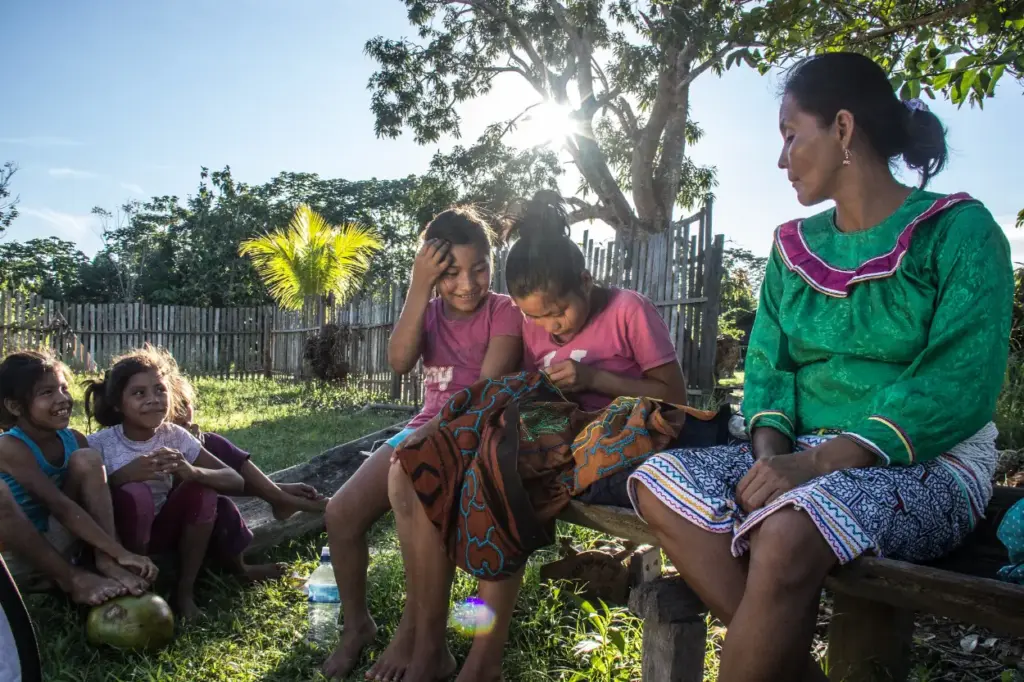
Tourists visiting Infierno can participate in traditional fishing methods, watch local artisans weave baskets from palm fibers, or even join in storytelling nights under the stars—where ancestral myths are shared through song and dance. One particularly unique cultural activity is their “medicine walk,” where elders guide travelers through the forest explaining the healing properties of plants used for generations.
🍫 Boca Pariamanu: The Chocolate Trail and Cultural Revival
Further north, along the Las Piedras River, lies Boca Pariamanu—a small but mighty Amahuaca community. Here, tradition meets delicious innovation. The community is known for its organic cacao plantations, producing some of the finest jungle-sourced chocolate in Peru.
What makes Boca Pariamanu even more interesting is its grassroots effort to revive its cultural identity. After years of encroachment from illegal logging and mining, the community secured legal rights to their land and launched conservation and tourism initiatives. Visitors can now tour cacao farms, learn traditional methods of fermentation and drying, and of course—taste fresh, hand-crafted chocolate under the canopy of the Amazon.
🎨 Experiential Tourism: Sharing Culture Through Daily Life
Tambopata’s Indigenous communities have opened their homes and hearts to travelers through experiential tourism. Rather than simply observing, visitors are invited to take part in everyday life—learning by doing, laughing, sharing, and connecting.
Guests might help prepare cassava bread, learn how to weave a traditional palm-fiber mat, or join in fishing trips with hand-woven nets. The goal isn’t just education—it’s connection. These experiences help bridge the gap between cultures and create mutual respect. For many visitors, the slow, intentional rhythm of Amazonian life offers a much-needed contrast to the fast pace of modern living.
🌺 Celebrations of the Spirit: Festivals and Ancestral Rituals
Few experiences are as soul-stirring as participating in or witnessing an Indigenous festival in Tambopata. These celebrations often revolve around the agricultural calendar, spiritual milestones, or communal events such as births, marriages, and harvests.
One of the most meaningful events is the “Fiesta de la Chonta,” celebrated during Holy Week. Although influenced by Catholic tradition, it retains many Indigenous elements—featuring dances, masks, chants, and offerings to Mother Earth, or Pachamama. The community transforms into a vibrant theater of color and rhythm, blending the sacred with the joyful.
Ceremonial gatherings also provide windows into ancient shamanic practices. In select communities, trusted shamans perform cleansing rituals with sacred plants like ayahuasca, which are believed to heal physical and spiritual ailments. These ceremonies, while not for all tourists, are approached with great respect and reverence.
🌍 Challenges in Paradise: Climate Change, Mining & Modernity
Despite their strength and deep-rooted traditions, the Indigenous communities of Tambopata face serious threats. Illegal gold mining has devastated parts of the region, contaminating rivers with mercury and displacing families. Roads and logging concessions carve through the jungle, making it harder for communities to maintain their autonomy and ecosystems.
Climate change has also brought unpredictable seasons and biodiversity shifts that affect food security and traditional agriculture. Yet, communities are not passive victims. They are mobilizing, using both ancestral knowledge and modern tools like drones, GPS mapping, and solar panels to protect their territories.
Community-based tourism, when done respectfully, becomes one of the strongest tools in their defense—creating sustainable income while raising global awareness about their struggles and victories.
🔦 Modern Innovation in Ancient Lands
One of the most fascinating developments in Tambopata’s Indigenous communities is the fusion of tradition with technology. Youth in communities like Infierno and Boca Pariamanu are learning to use smartphones and drones to monitor illegal deforestation. They’re documenting oral histories, filming their grandparents’ stories, and even creating social media campaigns to promote cultural pride.
Solar energy is also lighting the way—literally. In many remote areas without access to electricity, solar panels are being installed on thatched-roof homes, powering lights, radios, and even refrigeration. These changes help improve quality of life while reducing dependency on environmentally harmful resources.
🐒 Living With Nature: The Spiritual Ecology of the Amazon
For Tambopata’s Indigenous peoples, nature is not a resource—it’s a relative. Trees, rivers, animals, and even the wind are believed to possess spirits. This worldview influences every aspect of life, from how one fishes to how one prays.
Visitors quickly learn that the forest is alive not only biologically, but spiritually. Before harvesting a medicinal plant, one must ask for permission. Before entering sacred groves, silence and reverence are required. It’s this profound respect for the environment that has allowed Indigenous peoples to live in balance with one of the world’s most complex ecosystems for millennia.
✨ How to Visit Respectfully and Meaningfully
For travelers eager to experience this rich cultural landscape, it’s important to approach with humility, curiosity, and respect. Choose community-based lodges or tour operators that are owned or co-managed by Indigenous groups. Always ask before taking photos. Listen more than you speak.
By participating in these cultural exchanges, travelers not only support local economies but help protect one of the most unique and fragile cultural environments in the world.
🌈 Final Thoughts: A Journey That Stays With You
Visiting the Indigenous communities of Tambopata is not just a trip into the jungle—it’s a journey into ancient wisdom, ecological harmony, and human connection. From the cacao fields of Boca Pariamanu to the medicine trails of Infierno, every moment offers an opportunity to see the world through a different, deeply rooted perspective.
As the voices of Peru Indigenous Communities echo through the rainforest—through stories, laughter, rituals, and songs—they invite us to rethink our relationship with nature, community, and time. And perhaps, when we return home, we carry a little bit of the rainforest spirit within us.



